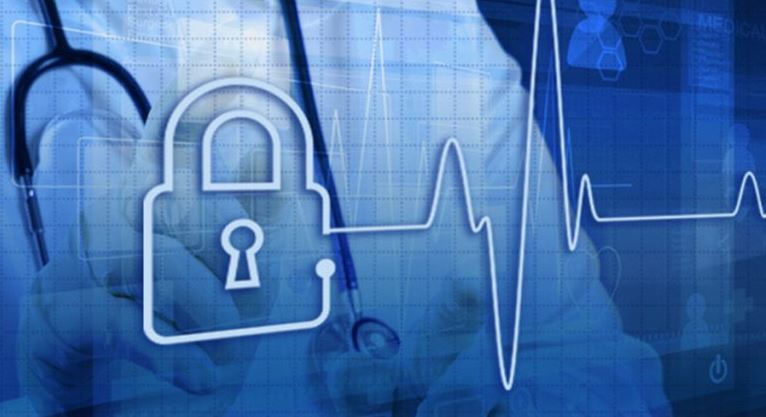The healthcare sector is one of the most vulnerable industries to cyber threats due to the sensitive nature of the data it handles, including patients’ medical and personal information. With the increasing reliance on technology in healthcare, cybersecurity has become essential to prevent data breaches and cyberattacks. This article explores the importance of cybersecurity in the healthcare industry and the best practices for protecting sensitive medical data.
Cyber Threats in Healthcare
The healthcare industry faces various cybersecurity threats, including:
- Ransomware Attacks:
- Cybercriminals encrypt healthcare data and demand a ransom for decryption.
- Data Breaches:
- Hackers target medical databases to steal patients’ personal and health records.
- Phishing Scams:
- Cybercriminals trick healthcare employees into disclosing sensitive information through fraudulent emails or messages.

The Importance of Cybersecurity in Healthcare
Protecting healthcare data is critical for several reasons:
- Privacy Protection: Ensuring the confidentiality of patients’ medical and personal records.
- Fraud Prevention: Safeguarding data from identity theft and unauthorized access.
- Regulatory Compliance: Meeting security regulations such as HIPAA and GDPR to avoid legal penalties.
Key Cybersecurity Technologies in Healthcare
Cybersecurity technologies in the healthcare industry involve a combination of tools and protocols designed to secure sensitive medical data and digital healthcare systems from unauthorized access and cyber threats. These include:
- Data Encryption:
- Protecting medical information during transmission and storage using advanced encryption methods.
- Access Control:
- Implementing strict user authentication and authorization protocols to prevent unauthorized access.
- Firewalls and Intrusion Detection Systems (IDS):
- Blocking malicious traffic and detecting unauthorized activities.
Best Practices for Healthcare Cybersecurity
To strengthen cybersecurity in healthcare, organizations should follow these best practices:
- Regular Software Updates: Ensuring that systems and applications are up to date to eliminate security vulnerabilities.
- Employee Training: Educating healthcare staff on cybersecurity awareness and data protection best practices.
- Security Audits: Conducting periodic security assessments to identify and fix weaknesses.
Advanced Protection Strategies
Implementing advanced security measures can significantly reduce cybersecurity risks in healthcare:
- Multi-Factor Authentication (MFA):
- Adding an extra layer of security to user access.
- Activity Monitoring & Threat Detection:
- Using log analysis and AI-powered tools to detect suspicious activities.
- End-to-End Encryption:
- Ensuring that data remains encrypted at all times, whether in storage or transit.

Conclusion
Cybersecurity is an essential component of modern healthcare security strategies. By adopting best practices and leveraging advanced cybersecurity technologies, healthcare institutions can enhance data protection and safeguard patient records from cyber threats.